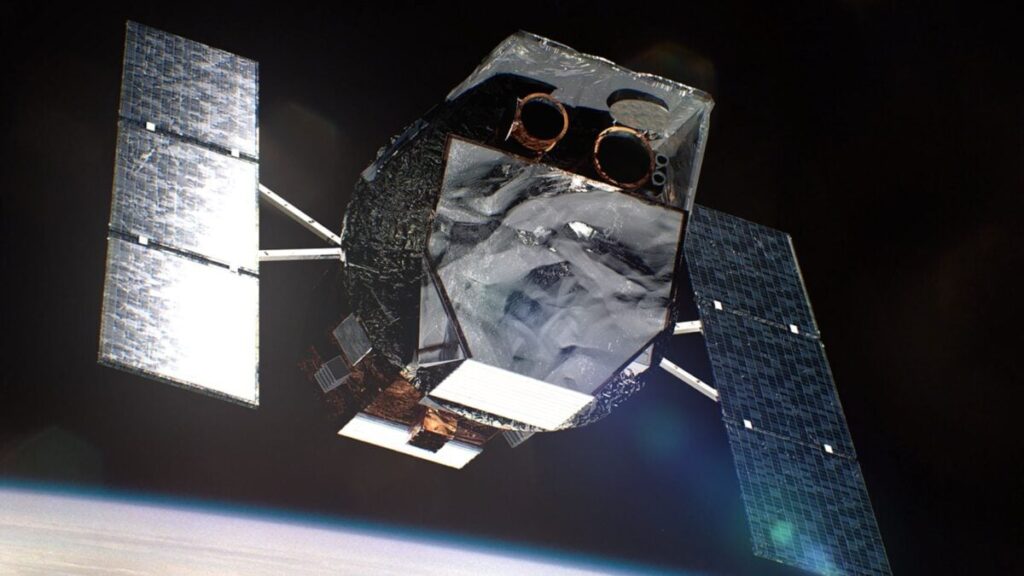NASA’s Earth-orbiting Neil Gehrels Swift Observatory faces a 90% chance of uncontrolled re-entry by the end of 2026, prompting the agency to contract Arizona-based Catalyst Space Technologies for a $30 million mission to rescue it. Catalyst is developing a “Link” spacecraft, designed to autonomously rendezvous with Swift to boost its orbit.
The mission must launch by June 2026, with Catalyst planning to use Northrop Grumman’s Pegasus rocket, which is air-launched from a carrier aircraft, an approach that simplifies propulsion requirements. Swift, launched in 2004, observes gamma-ray bursts but is experiencing accelerated orbital decay due to increased atmospheric drag from recent solar activity.
If the mission succeeds, it will not only extend Swift’s lifespan but also showcase new capabilities for rapidly addressing orbital decay, enhancing NASA’s spacecraft sustainment in low Earth orbit.
Source link


